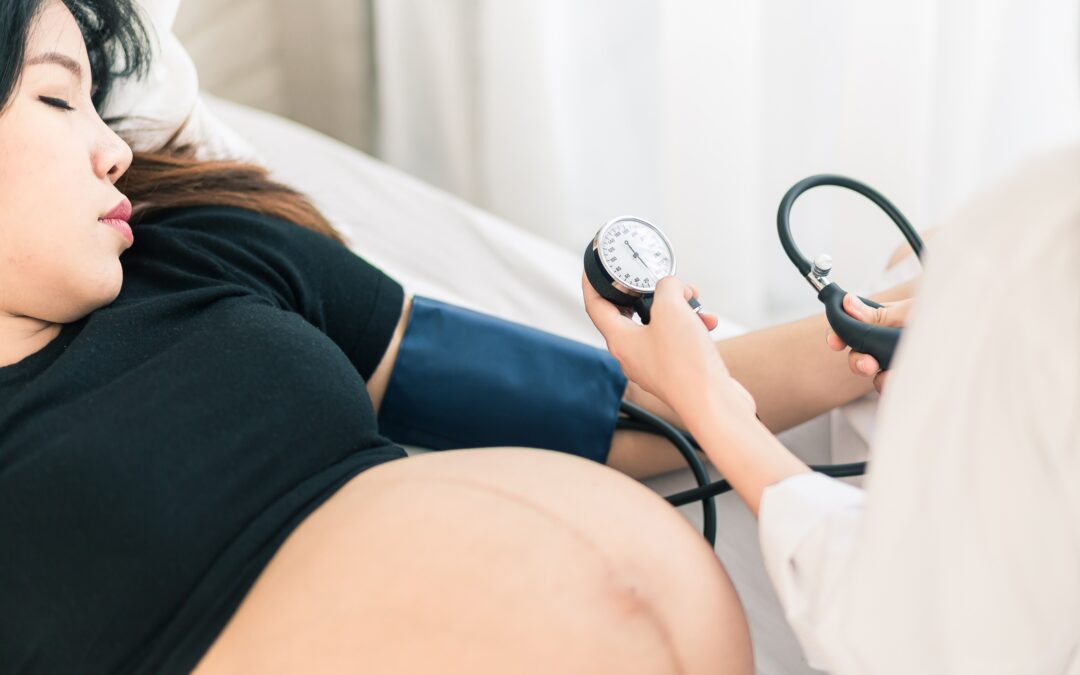When a child is diagnosed with Hypoxic-Ischemic Encephalopathy (HIE) or cerebral palsy (CP) after a pregnancy complicated by preeclampsia, families are often told the condition was unavoidable. This explanation, however, often overlooks the critical details of labor management. Understanding how preeclampsia impacts HIE and CP requires looking beyond the initial diagnosis to the medical decisions made during delivery.
The Setup Versus The Collapse
Preeclampsia is a maternal condition that can restrict blood flow to the placenta, reducing the baby’s oxygen reserve. This is a significant setup for potential complications. However, a lower reserve does not automatically cause a brain injury. In many term pregnancies with no other issues, the final, preventable injury occurs during labor. This happens when non-reassuring patterns appear on the fetal heart rate monitor and medical staff fail to intervene in a timely manner. The preeclampsia created a vulnerable baby, but the labor mismanagement often triggers the HIE.
Debunking Common Defense Arguments
Hospitals may defend their actions with several arguments. They might claim the injury was a chronic prenatal event, yet a longstanding injury would typically show signs like severe growth restriction. They may cite a need to balance maternal safety, but with a worsening fetal status, faster delivery is often safer for both. They might argue they were giving the baby more time to develop, but a compromised placenta makes the womb a risky environment. The core legal and medical question is whether providers heightened their vigilance and lowered their threshold for intervention, as the standard of care demands.
The Path from HIE to Cerebral Palsy
An HIE brain injury can sometimes lead to a cerebral palsy diagnosis later in childhood. It is crucial to know that not all babies with HIE develop CP. When this progression does occur, the origin of the injury must be carefully examined. A thorough understanding how preeclampsia impacts HIE and CP reveals that while preeclampsia is a contributing factor, it is frequently the events during delivery that transform risk into a permanent neurological injury. Not every bad outcome is malpractice, but when the fetal heart strip shows clear problems that were ignored, the responsibility often lies with the management of labor, not the mother’s condition.
If you have more questions about your baby’s HIE brain injury and subsequent cerebral palsy diagnosis, do not hesitate to contact me at my contact information below. Remember it doesn’t cost you any money to initially speak with me initially about your baby’s story.
Marcus B. Boston, Esq.
9701 Apollo Dr. Suite 100
Largo, Maryland 20774
301-850-4832
1-833-4 BABY HELP


